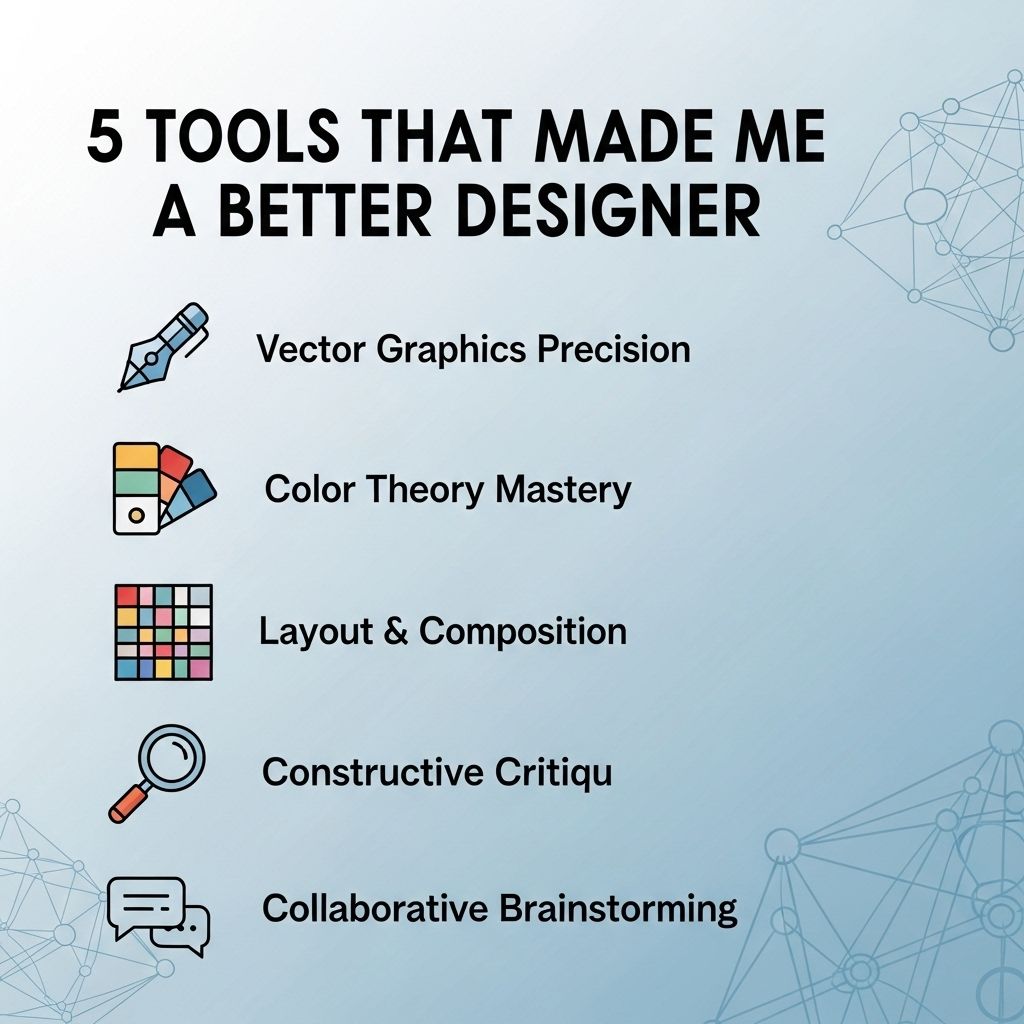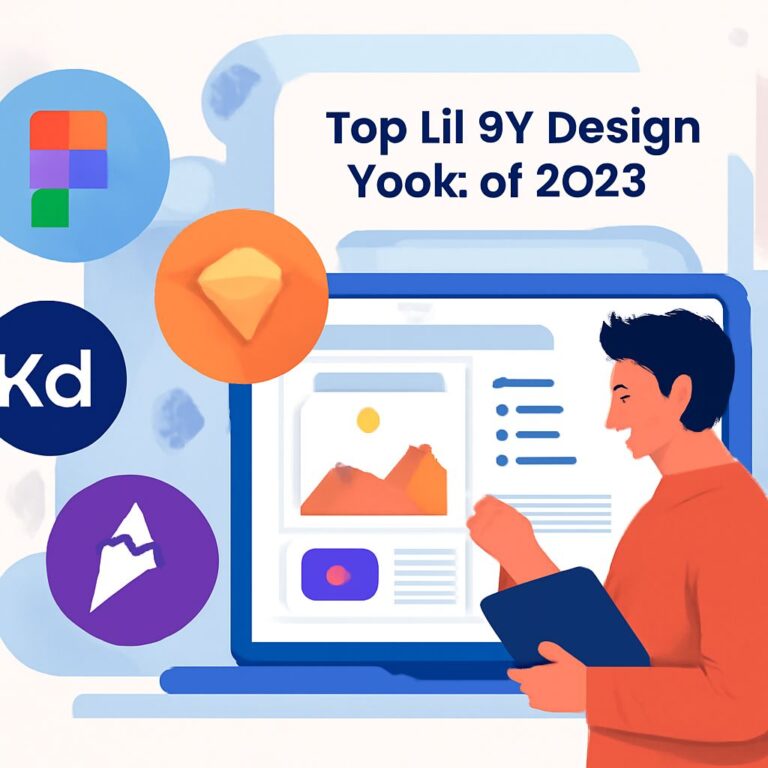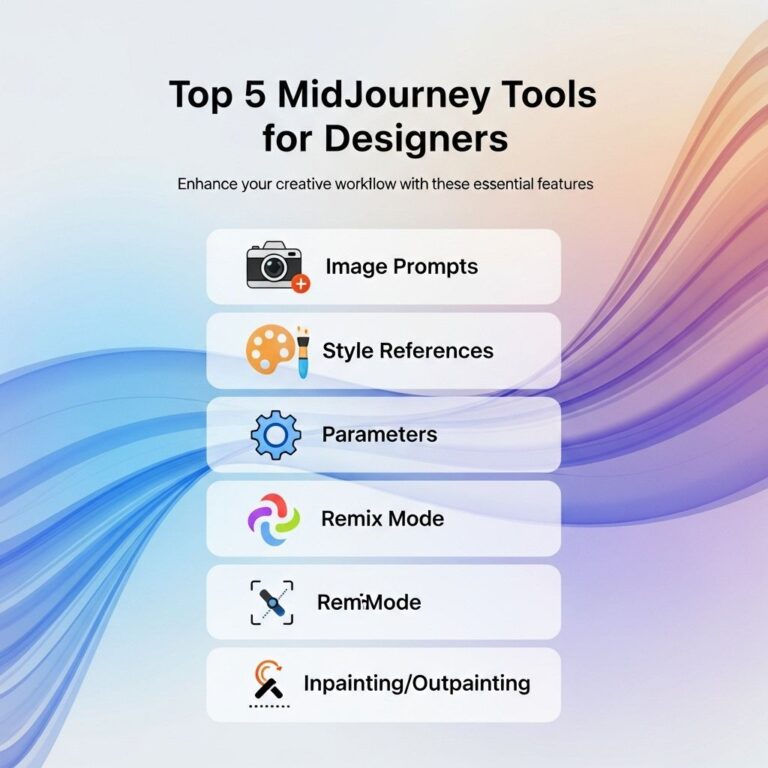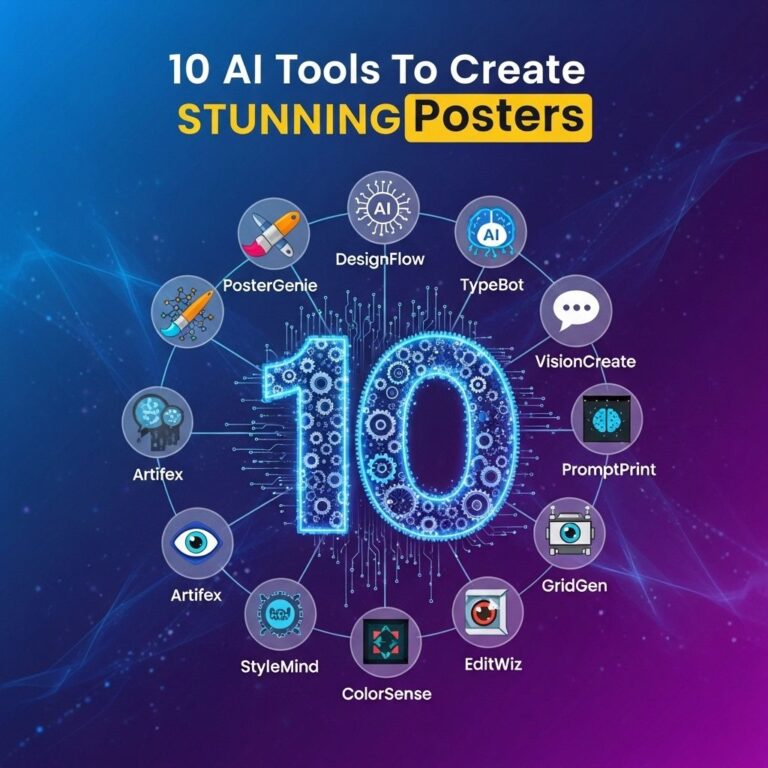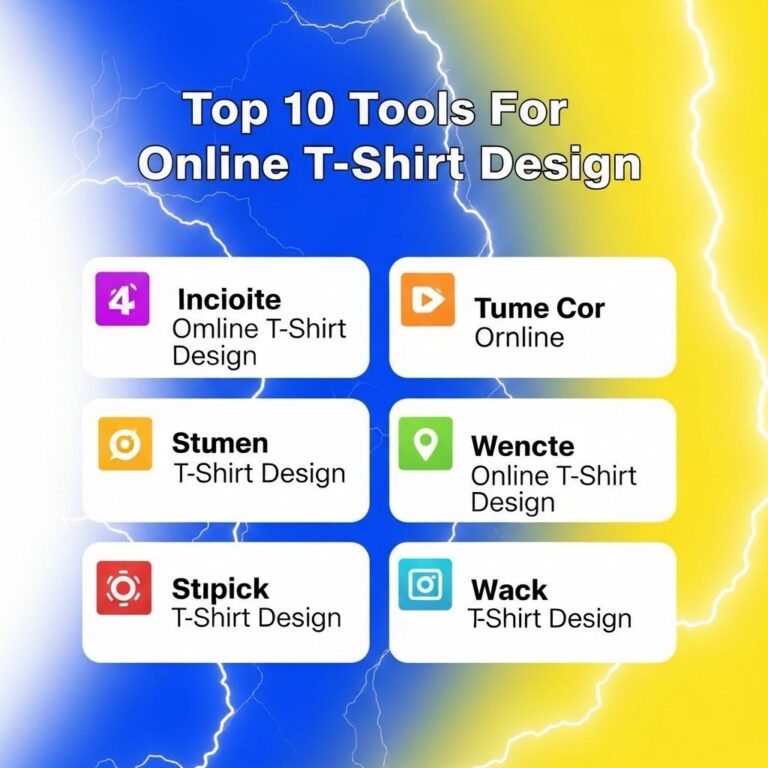As a designer, the journey towards improvement is often fueled by the tools we choose to incorporate into our workflow. Throughout the years, I have tested a plethora of software and resources, but only a select few have truly transformed my design process and enhanced my creativity. In this article, I will share five indispensable tools that have not only made me a better designer but have also enriched the overall quality of my work.
Table of Contents
1. Adobe Creative Cloud
The Adobe Creative Cloud suite is a powerhouse for any designer. With applications for graphic design, video editing, web development, and photography, it caters to every aspect of creative work. Here’s how it has improved my design workflow:
- Versatility: Adobe offers specialized tools like Photoshop for image manipulation, Illustrator for vector graphics, and InDesign for layout design. This versatility allows for comprehensive project handling.
- Cloud Integration: The cloud feature enables seamless collaboration with team members and easy access to files from anywhere.
- Constant Updates: Adobe regularly updates its software, introducing new features that keep the tools relevant and innovative.
Key Features:
| Tool | Primary Use |
|---|---|
| Photoshop | Photo editing and manipulation |
| Illustrator | Vector graphics and illustration |
| InDesign | Layout design for print and digital |
2. Figma
Figma has revolutionized the way I approach UI/UX design. As a web-based design tool, it allows for real-time collaboration, making it incredibly effective for team projects. Here’s why Figma stands out:
- Collaboration: Multiple designers can work on a project simultaneously, providing instant feedback and fostering a team-oriented environment.
- Design Systems: Figma supports the creation of design systems, which ensure consistency across projects.
- Prototyping: The ability to build interactive prototypes directly within the application streamlines the feedback process.
Why Choose Figma?
Figma’s cloud-based nature means you can access your work from any device. It also has extensive plugin support to enhance functionality.
3. Sketch
While Figma is a heavy hitter in the UI/UX space, Sketch has its own set of advantages, particularly for Mac users. Known for its simplicity and targeted features, Sketch has been my go-to for web and mobile design.
- Lightweight: Unlike some of its counterparts, Sketch is lightweight and easy to use, which can enhance productivity.
- Plugins: The Sketch community has developed a wealth of plugins that expand its capabilities, from icons to advanced export options.
- Symbols: The symbols feature allows for reusable design elements, ensuring efficiency in updates and edits.
Getting Started with Sketch:
- Download and install Sketch from the official website.
- Familiarize yourself with the interface and tools.
- Explore the plugin library to customize your experience.
4. Canva
For quick designs that require a professional touch, Canva is my secret weapon. Though it’s not a replacement for more advanced tools, it’s perfect for creating social media graphics, marketing materials, and presentations.
- User-Friendly: The drag-and-drop interface is incredibly intuitive, making design accessible for beginners.
- Templates: Canva offers a vast library of templates across various categories, saving time and sparking creativity.
- Collaboration: Similar to Figma, Canva allows you to share and collaborate easily with clients and stakeholders.
Use Cases for Canva:
- Social media posts
- Infographics
- Promotional materials
- Presentations
5. Trello
Last but not least, Trello is not a design tool per se, but it is invaluable in managing projects and tasks. As designers, we juggle multiple projects with various deadlines. Trello helps organize these tasks visually:
- Visual Layout: Trello’s card and board system makes it easy to visualize progress and stay on track with deadlines.
- Collaboration: Team members can comment, add attachments, and track changes, fostering efficient teamwork.
- Automation: With integrations and automation options, repetitive tasks can be streamlined, saving time.
How to Use Trello Effectively:
- Create boards for different projects.
- Add lists for various project stages (To Do, In Progress, Done).
- Utilize labels and due dates to keep track of tasks.
Conclusion
In a rapidly evolving design landscape, the tools we choose play a critical role in not only our efficiency but also our creativity and overall quality of work. Whether you’re a seasoned designer or just starting out, these five tools will support your growth and help you stay ahead in the competitive world of design. By leveraging the unique strengths of each, you can craft stunning, effective designs that resonate with your audience.
FAQ
What are some essential tools for improving design skills?
Some essential tools include Adobe Creative Suite, Sketch, Figma, Canva, and InVision, each offering unique features that enhance design capabilities.
How can Figma help in becoming a better designer?
Figma is a collaborative design tool that allows real-time feedback and teamwork, which greatly improves the design process and skill development.
Why is Adobe Creative Suite important for designers?
Adobe Creative Suite provides a comprehensive set of tools for graphic design, video editing, and web development, making it a crucial resource for professional designers.
What role does Canva play in design improvement?
Canva is user-friendly for beginners and offers templates and design elements that help users learn design principles while creating visually appealing content.
How can InVision enhance my design workflow?
InVision streamlines the design process by allowing designers to create interactive prototypes, gather feedback, and collaborate more effectively with teams.
Are there any free design tools that can help me improve?
Yes, tools like GIMP, Gravit Designer, and Adobe Spark are free options that can help you practice and enhance your design skills without any financial investment.

